The Independent's journalism is supported by our readers. When you purchase through links on our site, we may earn commission.
Where to spend and where to save on your home upgrade
We all want our homes to be welcoming – and we all have a budget with which to achieve this. Adele Cardani gets the lowdown from top interior designers on the best ways to get maximum impact for minimum outlay

Thinking about giving your home a facelift? Whether you’re dreaming of a sleek new kitchen and a spa-like bathroom, or just want to boost your property’s value, knowing where to put your money can make all the difference.
The truth is, not every upgrade delivers the same return – and some budget-friendly swaps can have just as much impact as high-end splurges. We’ve consulted a handful of leading interior designers and property experts, asking them to break down the smartest places to splash out and where to budget when transforming your space.
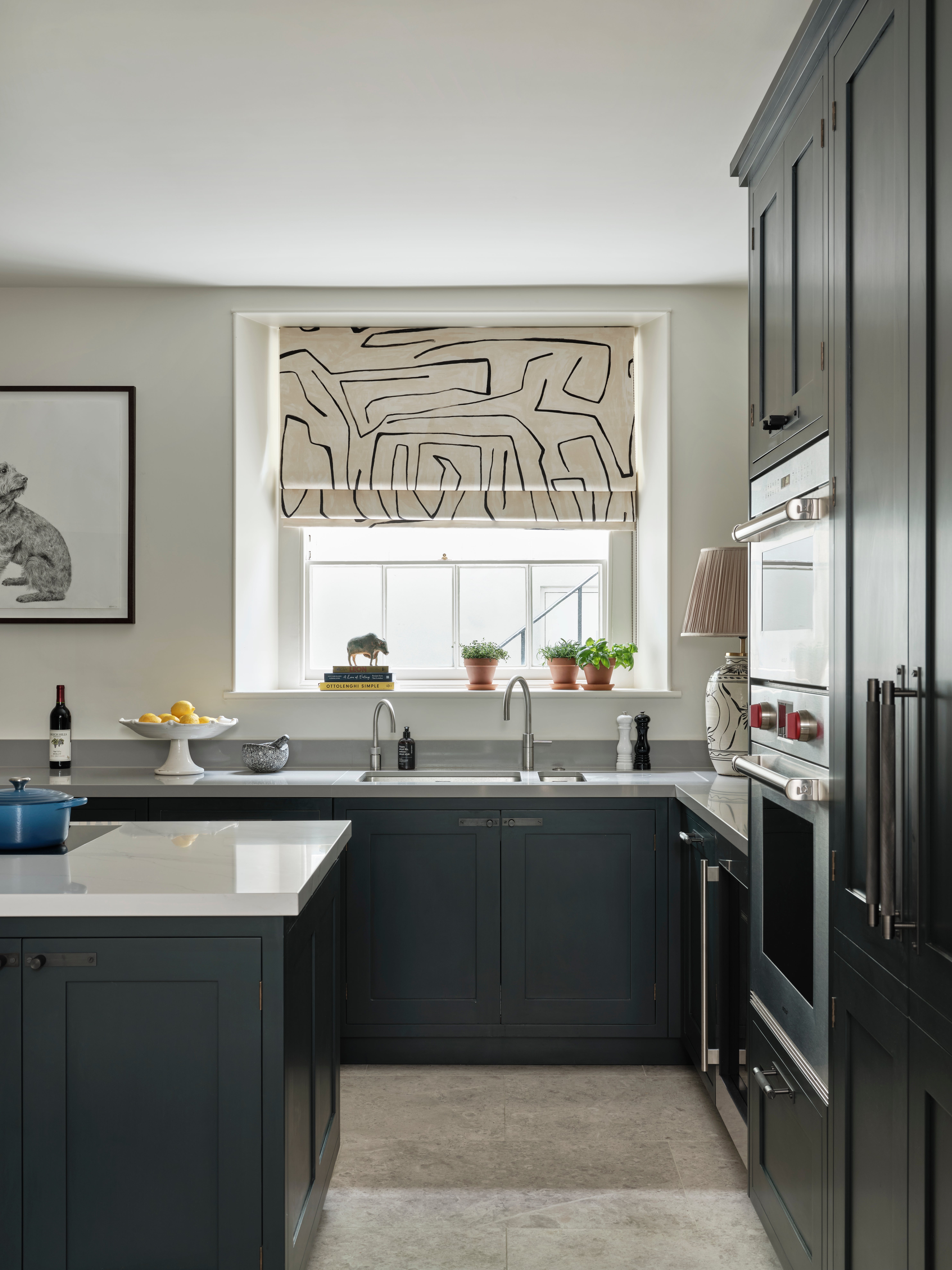
Prioritise what pays off
“Focus on areas that provide the most return on investment and improve the overall functionality and aesthetics of the home,” says property developer and interior designer Marta de Sousa.
“The kitchen should be a top priority as it’s central to any home and has a high impact on property value. I recommend saving on cabinetry – simply add beautiful custom fronts to basic cabinets from an affordable supplier like Ikea. But invest in good composite stone countertops, such as quartz, that will effortlessly withstand years of heavy wear and tear.”
She continues: “Then, explore more budget-friendly, DIY options for cosmetic upgrades, such as refreshing your paint or wallpaper, and giving your wood floors a new life by simply sanding and restaining them.”
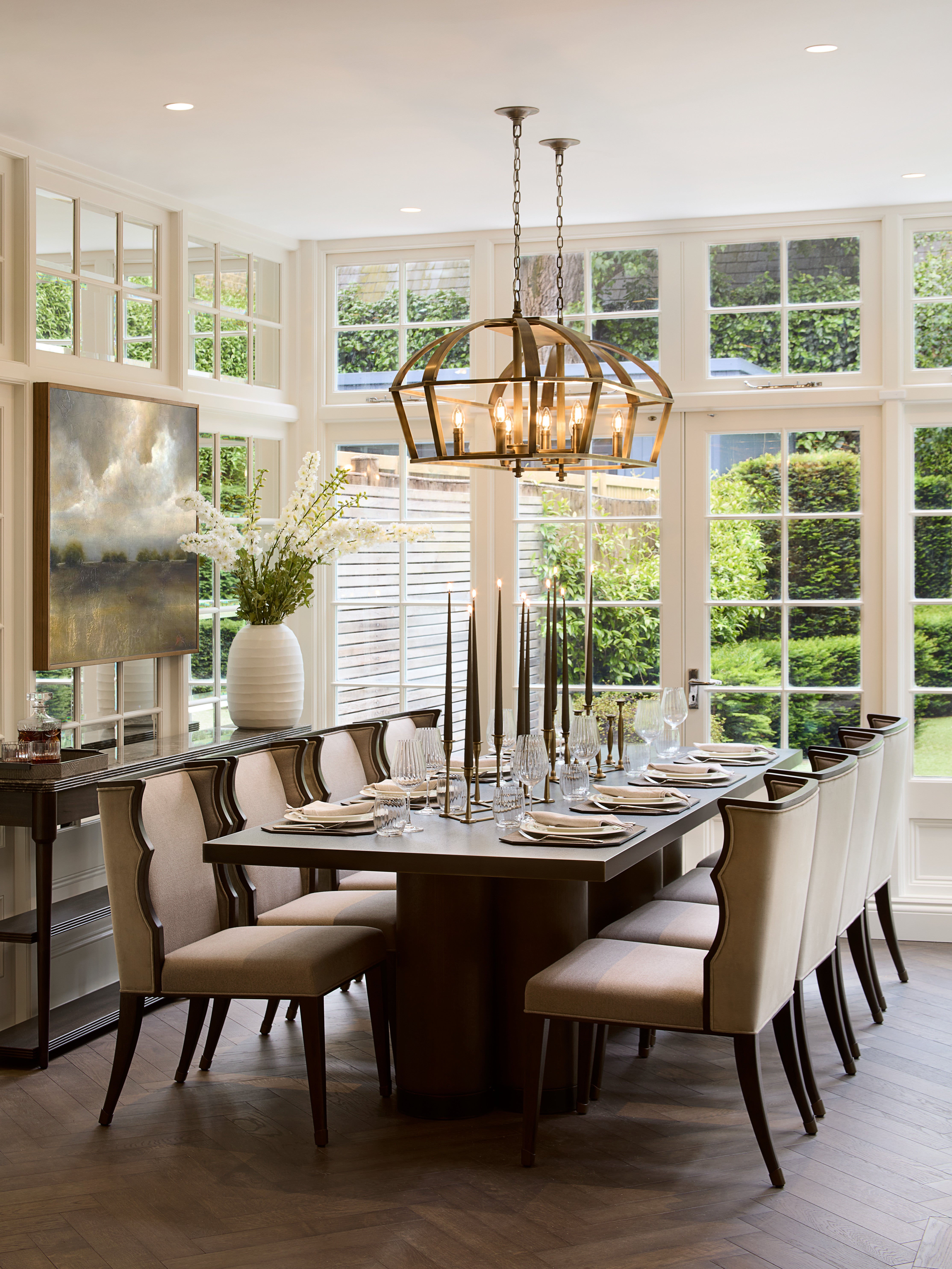
Focus on foundational pieces
Likewise, interior designer Laura Hammett recommends focusing on a few key areas where investment will have the most impact.
She says: “Splurge on high-quality, bespoke curtains and window treatments to frame your most-used spaces elegantly. This will ensure a correct fit for a polished presentation. Invest in a high-quality wool or silk-blend rug that will last a lifetime and make your living room feel grounded, tying the seating together.
“And generally, prioritise the foundational pieces that will get the most use – sofas, mattresses, and the dining table. You’ll be pleased when they still look and feel great years later.”
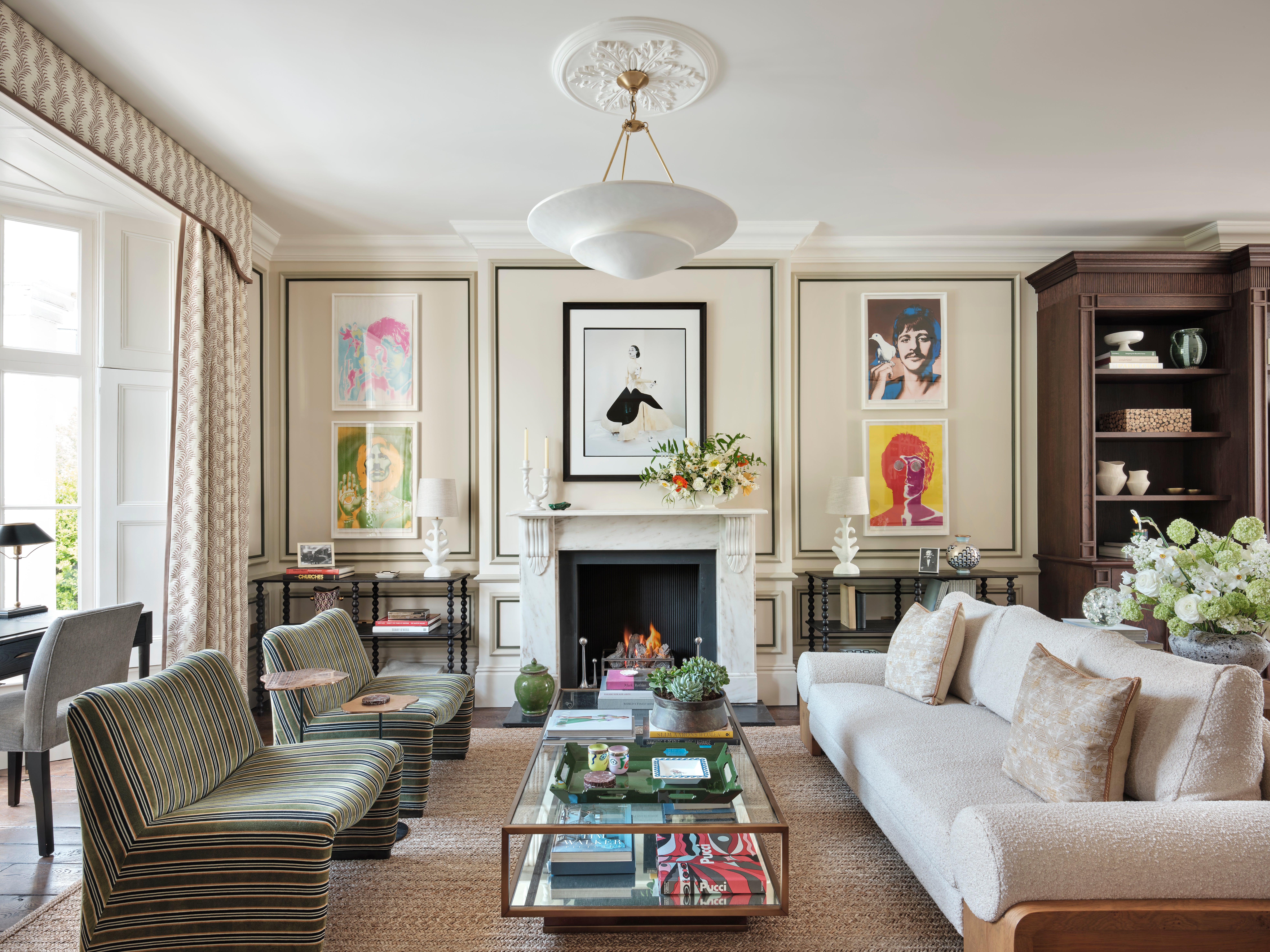
Select sensational seating
“Sofas and armchairs are always a worthwhile investment – after all, we spend a lot of time on them. With impeccable craftsmanship at the foundation, well-made seating can last decades,” says interior designer Rebecca Hughes.
“We often reupholster our clients’ heirloom pieces when a refresh is needed. This is, of course, much more cost-effective and eco-friendlier than starting over from scratch.”
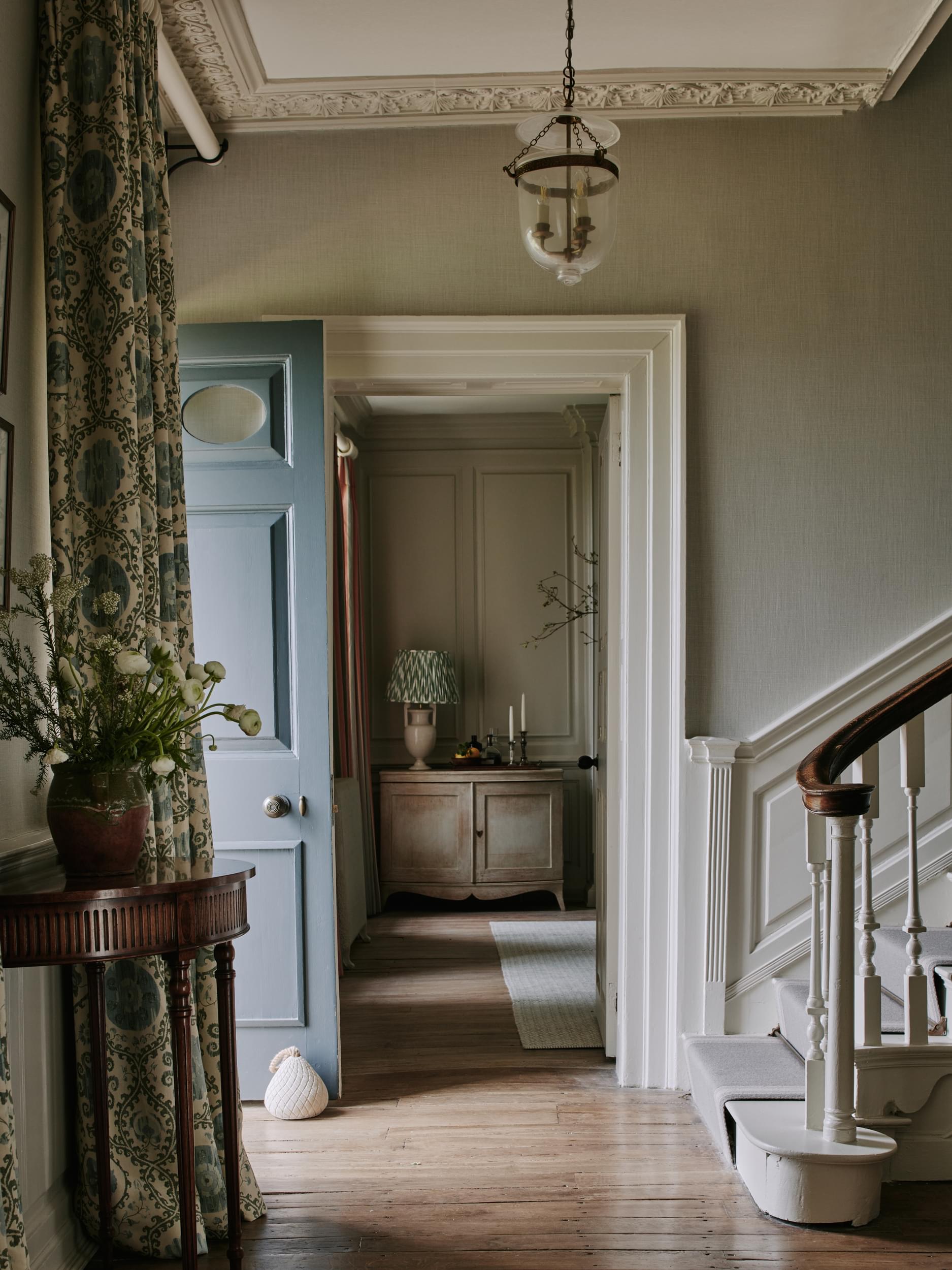
Don’t sweat the small stuff
Shop second-hand for smaller, lesser-used decor items, allowing you to save money without compromising on the visual appeal of your space.
As Laura Hammett explains, “You can find some great antiques on eBay without a huge price tag, which is where I found the small bobbin-leg side table and grandfather clock in my home. Likewise, cool prints, picture frames, coffee tables, lamps, mirrors and accent chairs all abound from local antique shops and Facebook Marketplace.”
Interior designer Emma Sims-Hilditch echoes this, adding: “Beautiful vintage pieces can often be found affordably at one of the many antiques fairs across the country. Bring a tape measure, floor plans, and a scale ruler to ensure that anything you’re considering – especially bigger items – will fit perfectly in your space.”
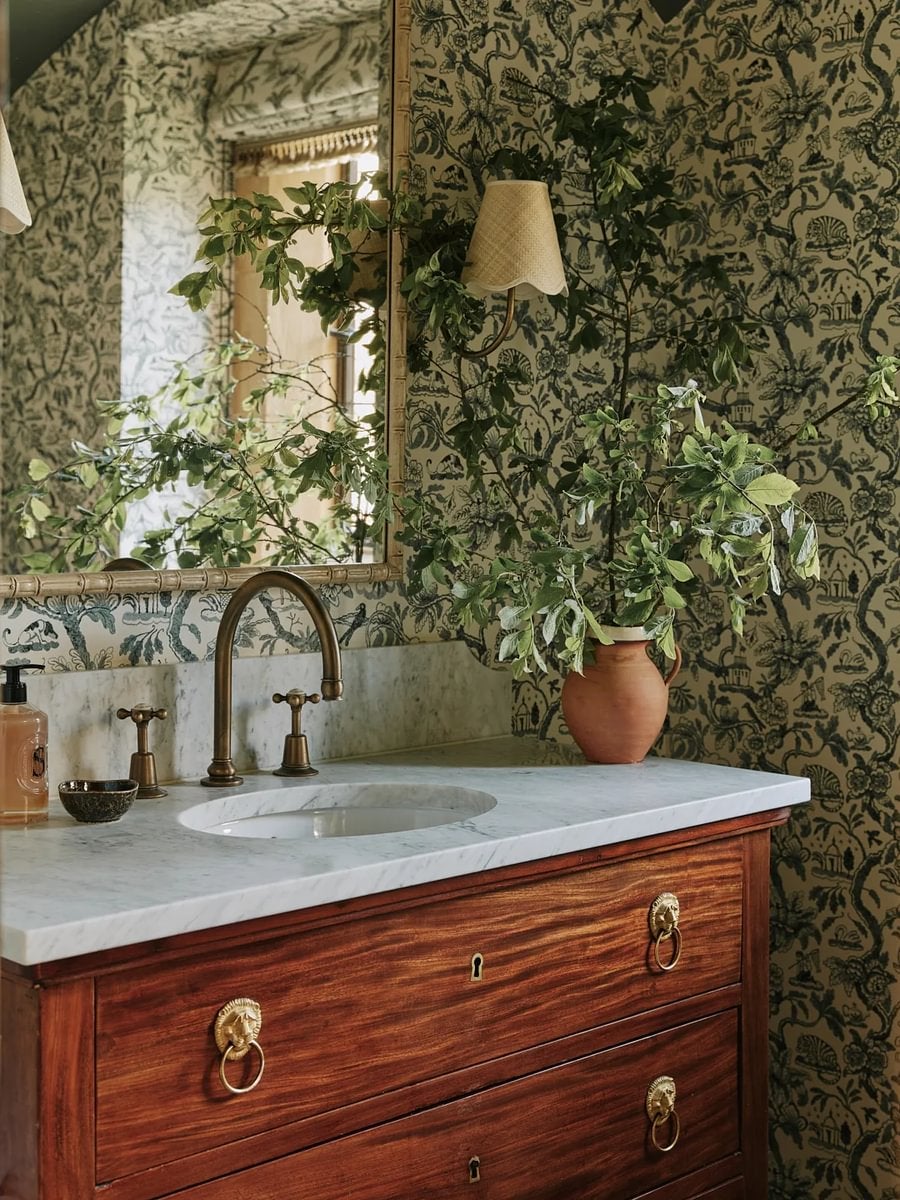
Get the look for less
With the right design choices, even budget-friendly finishes can be elevated to look and feel high-end.
Kate Watson Smyth – who has just launched an online design advice course with Create Academy – suggests: “You can opt for inexpensive tiles but lay them in an interesting way to create a luxurious look. Metro and subway tiles tend to be the most affordable, and with these, you can create beautiful stripes, basketweave, and herringbone patterns.”
She adds, “When it comes to selecting lighting, you don’t have to buy expensive lamps, as it’s the quality of light that matters. Good bulbs can be expensive – but they will make or break the atmosphere. Aim for a 2700 Kelvin in a warm white for a flattering, uplifting feel.”
By mixing affordable finds with thoughtful investments, you can achieve a budget-friendly yet stylish aesthetic.
Join our commenting forum
Join thought-provoking conversations, follow other Independent readers and see their replies
Comments